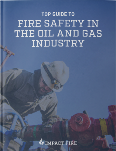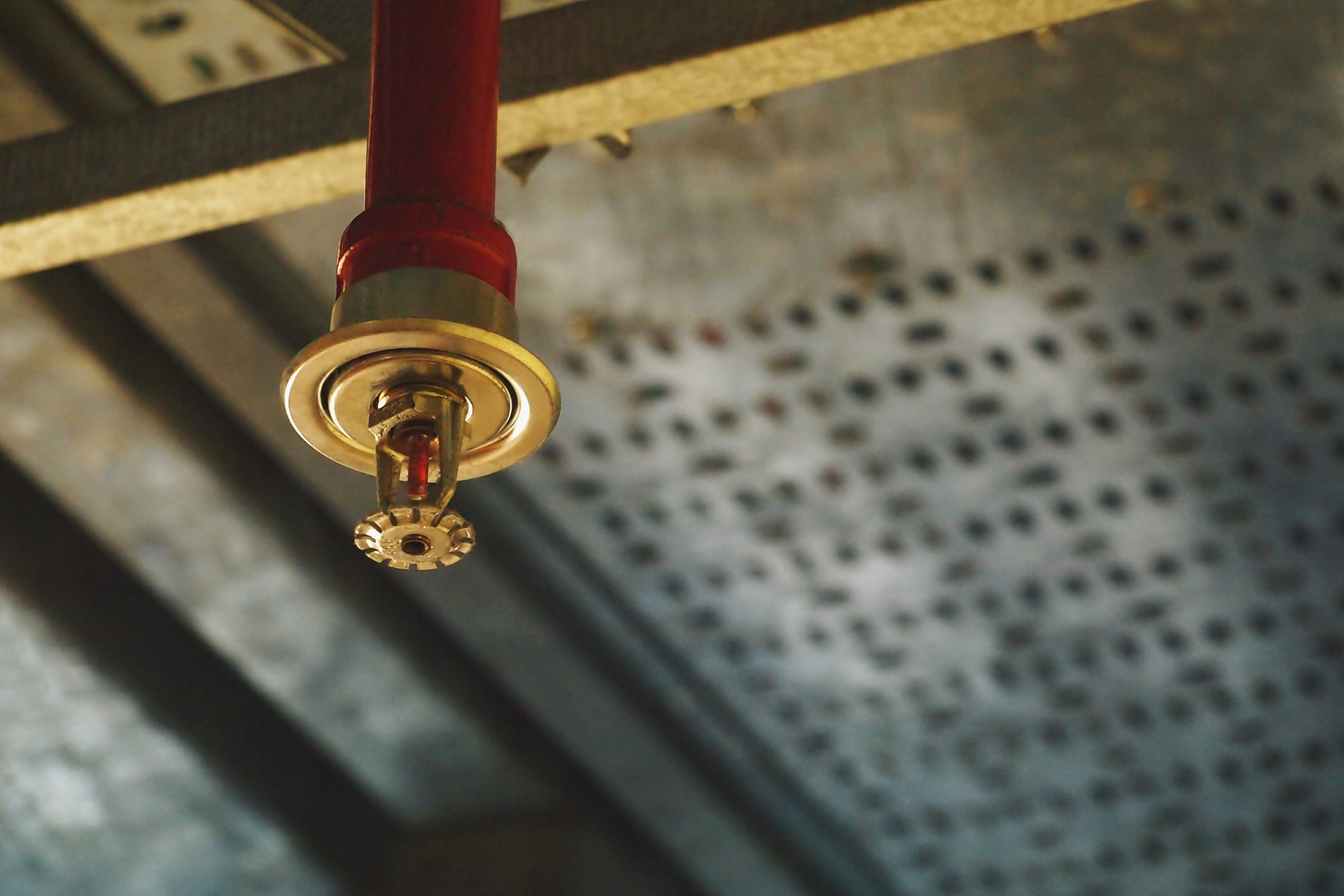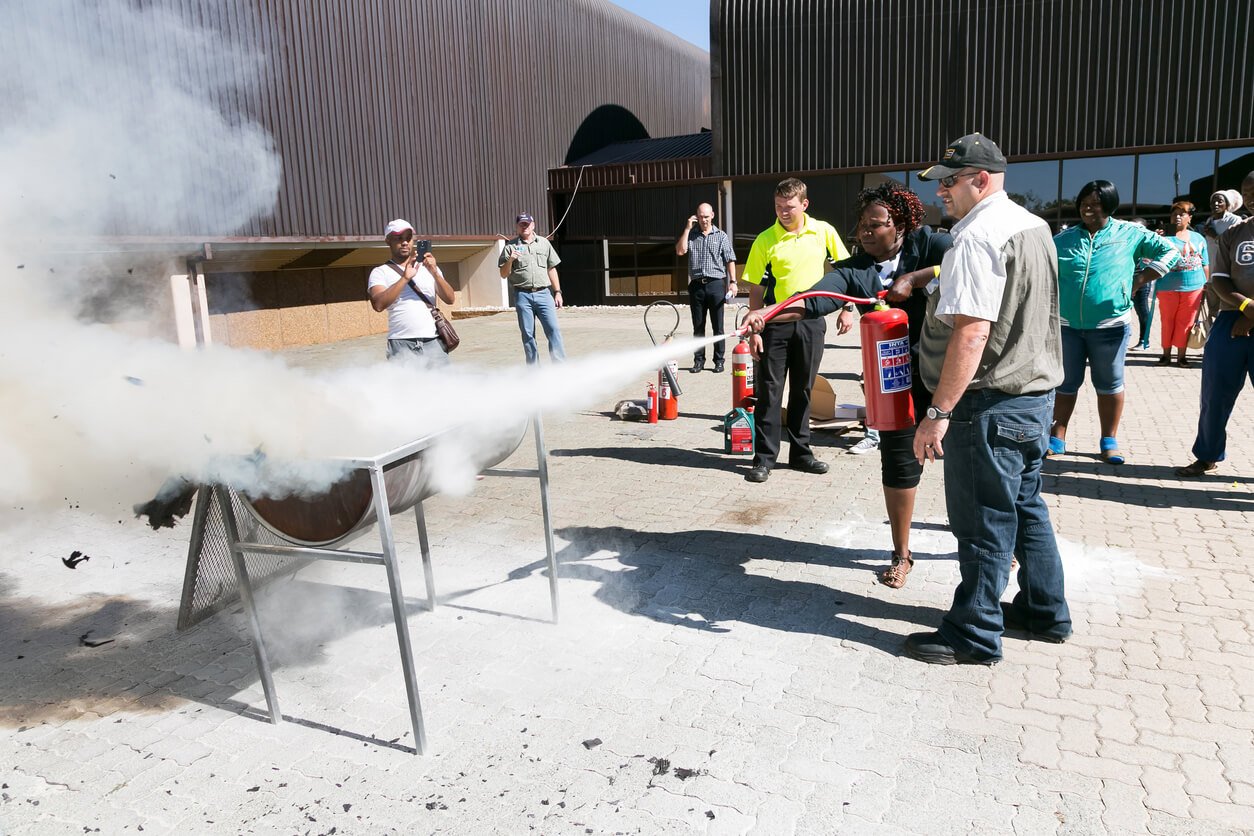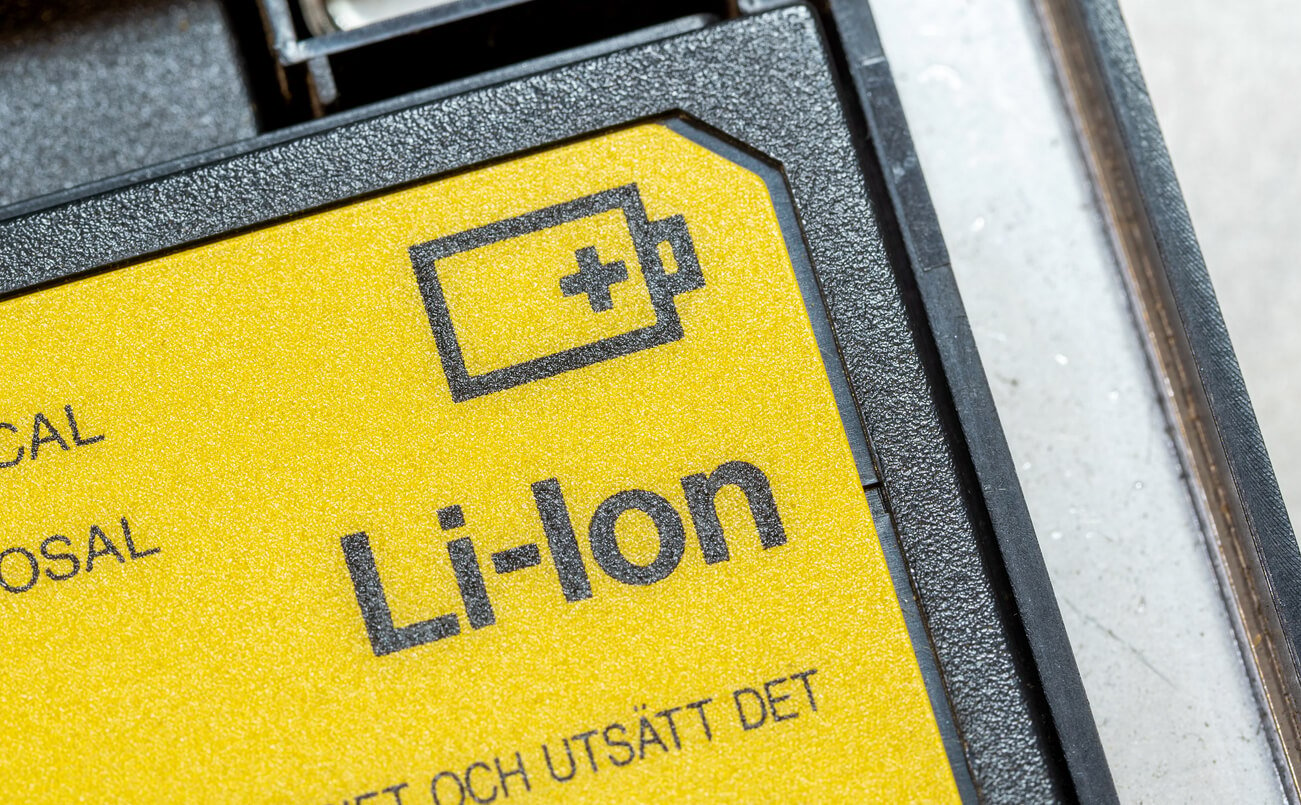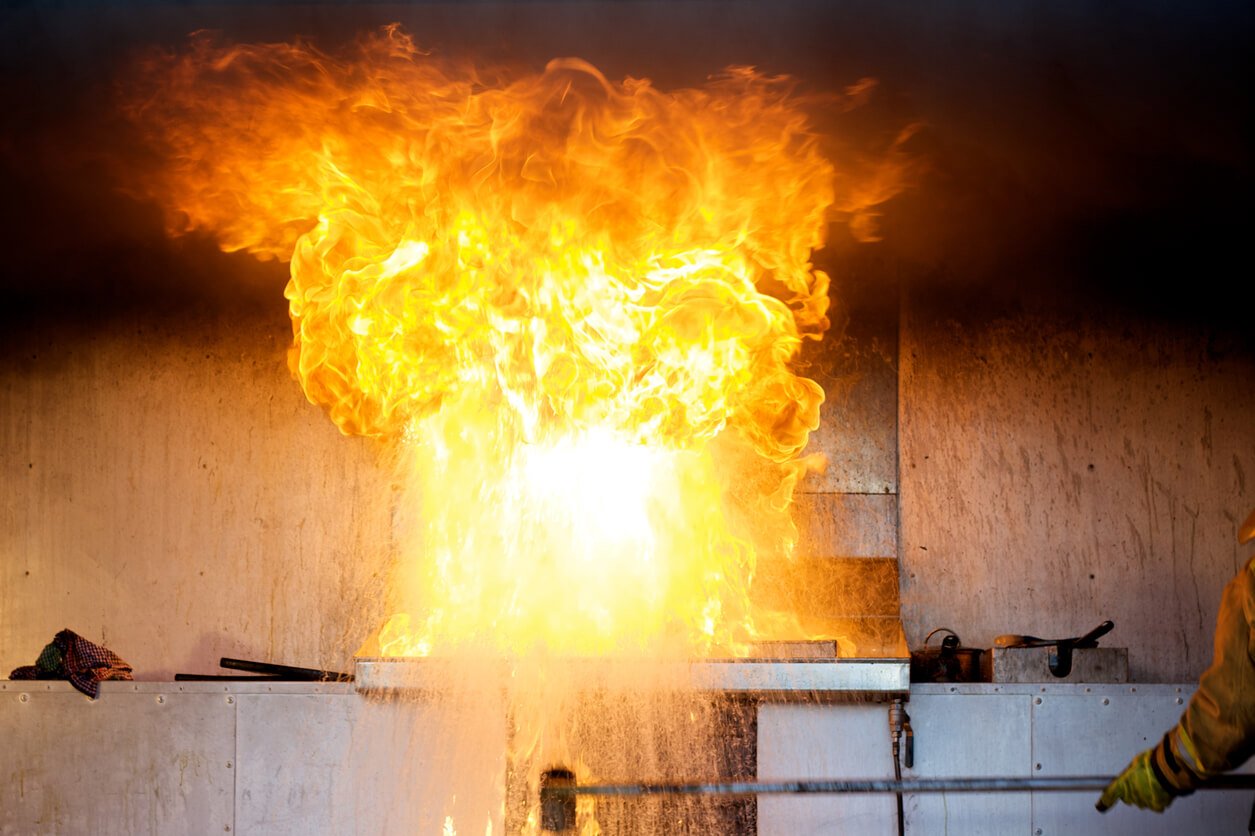What Are the Main Types of Fire Sprinkler Systems?
Commercial fire protection relies on four primary sprinkler system types, each designed for specific environments and risk levels:
- Wet Pipe Systems - Most common type with water always in pipes; ideal for heated buildings like offices and schools
- Dry Pipe Systems - Use pressurized air instead of water; perfect for unheated buildings and freezing climates
- Pre-Action Systems - Require dual activation (detection + heat); best for data centers and facilities with water-sensitive assets
- Deluge Systems - All sprinklers open simultaneously; designed for high-risk environments with flammable materials
Each system offers unique advantages depending on your building's heating, occupancy type, and asset protection needs.
Sprinkler systems are not created equal.
There are several variants depending on your building, industry, and fire risk.
Understanding the different types of sprinkler systems available helps you make informed decisions about protecting your employees, assets, and business continuity. Each system type offers unique advantages designed for specific environments and risk profiles.
Whether you're protecting a traditional office building, an unheated warehouse, or sensitive technology equipment, choosing the appropriate fire sprinkler systems ensures optimal protection while minimizing unnecessary water damage from accidental activation.
Today, we’ll dive into the main types of fire sprinkler systems, their applications, and key considerations for commercial fire protection planning.
Key Takeaways
- Match system type to building conditions - Use wet pipe systems for heated buildings, dry pipe for unheated spaces, and pre-action for sensitive equipment areas
- Consider response time vs. asset protection - Wet systems respond instantly but pre-action systems prevent accidental water damage in critical facilities
- Factor in maintenance and costs - Wet pipe systems offer the lowest maintenance, while specialized systems require higher investment but provide targeted protection
- Professional installation is critical - Proper system design, hydraulic calculations, and code compliance require certified fire protection engineers
- Regular testing ensures reliability - Schedule routine inspections and testing to maintain optimal performance when fire protection is needed most
Understanding Fire Sprinkler System Fundamentals
Modern automatic sprinklers operate on sophisticated yet reliable principles that have protected buildings for over a century. At their core, these systems detect elevated temperatures and respond by delivering water precisely where it's needed most.
The heart of each sprinkler head contains a sensing element glass bulb filled with a glycerin-based liquid that expands when heated. Different glass bulb colors correspond to specific temperature ratings, allowing systems to be calibrated for various environments.
Standard temperature ratings range from 135°F for typical office spaces to 286°F for areas near heating equipment. When the fire sprinkler element reaches its predetermined temperature threshold, the glass bulb breaks, releasing a spring-loaded cap that allows water flow through the sprinkler head.
This temperature-based activation ensures that only sprinkler heads directly exposed to fire conditions will discharge water.
Unlike Hollywood portrayals where entire systems activate simultaneously, real automatic sprinklers respond individually, minimizing water damage while maximizing fire suppression effectiveness. The piping system maintains constant water pressure, ensuring immediate response when activation occurs.
Integration with fire alarm system components enhances overall protection by providing early warning capabilities. Heat or smoke detector devices can trigger alarms and, in some system types, initiate pre-filling procedures before individual sprinkler heads activate. This coordinated approach between fire detection and suppression systems creates multiple layers of fire safety protection.
Wet Pipe Sprinkler Systems
Wet pipe systems represent the most common and cost-effective fire protection solution for heated commercial buildings. These wet pipe sprinkler systems maintain water throughout the entire piping system at all times, ensuring immediate response when fire conditions activate a sprinkler head.
The simplicity of wet system design makes them ideal for offices, schools, retail spaces, and most commercial environments where freezing temperatures aren't a concern.
Wet system configurations offer several advantages for commercial fire protection applications.
- Maintenance requirements remain minimal since the system contains no complex valves or air pressure monitoring equipment.
- Response time is virtually instantaneous because water is always present in the pipes, eliminating the delay associated with pipe-filling processes.
- Additionally, wet systems provide reliable freeze protection in heated buildings where ambient temperature stays above 40°F year-round.
Commercial fire protection sprinkler installations using wet pipe technology offer excellent return on investment through lower installation costs, reduced maintenance requirements, and dependable performance. However, these systems aren't suitable for unheated areas where freezing could render the wet pipe system inoperable during critical fire events.
Dry Pipe Systems
Dry pipe systems provide essential fire protection for unheated buildings and areas where freezing temperatures could compromise water-filled pipes.
Instead of maintaining water throughout the piping system, these dry pipe systems use pressurized air or nitrogen gas to keep water out of the distribution network until fire conditions require activation.
The dry pipe valve serves as the system's control center, separating the water supply from the air-filled piping network. When a sprinkler head activates due to elevated temperature, the pressurized air escapes through the opened head, causing a pressure drop that triggers the dry pipe valve to open. Water then flows into the previously dry piping system and discharges through any activated sprinkler heads.
This dry system approach solves critical challenges in refrigerated coolers, car parking garages, loading docks, and other unheated buildings where traditional wet pipe systems would freeze and fail. The air pressure monitoring system continuously verifies system integrity, alerting facility managers to any leaks or maintenance needs before they compromise fire protection capabilities.
While dry pipe systems cost more initially than wet pipe installations, they provide reliable fire protection in challenging environments where other sprinkler system types would fail.
Industrial facilities often combine dry pipe systems with specialized detection equipment to enhance response capabilities. The pressurized air also helps prevent corrosion within the piping system, extending equipment life in harsh environmental conditions.
Pre-Action Systems
Pre-action systems offer the ultimate protection against accidental water discharge while maintaining rapid fire response capabilities.
These sophisticated pre-action sprinkler systems require two separate events before water reaches fire areas:
- Detection system activation
- Individual sprinkler head triggering.
This dual-stage approach makes them ideal for protecting high-value assets in data centers, museums, libraries, and technology companies' data centers, where accidental activation could cause devastating damage.
The system deluge and pre-action valve remains closed under normal conditions, keeping the downstream piping dry like other dry pipe systems. When heat or smoke detector devices identify potential fire conditions, the pre-action valve opens and allows water to enter the piping network.
However, water doesn't discharge until individual sprinkler heads activate due to direct heat exposure, providing a crucial window for investigating alarms and preventing unnecessary water damage.
If the threat proves false, the system can be reset without water damage. However, if fire conditions persist and ambient temperature continues rising, automatic sprinklers will activate normally to suppress the fire.
Action systems are dependent on both detection and suppression components working together seamlessly. Regular testing and maintenance of heat or smoke detector elements, valve mechanisms, and sprinkler heads ensure reliable performance.
While these systems require higher initial investment and more complex maintenance than simpler alternatives, they provide unmatched protection for facilities where water damage must be absolutely minimized.
Deluge Systems
Deluge systems take a completely different approach to fire suppression, designed specifically for high-risk environments where rapid fire spread requires immediate, comprehensive water coverage. Unlike other sprinkler system types that activate individual heads, deluge systems feature open sprinklers throughout the protected area that discharge simultaneously when the mechanically activated deluge valve opens.
These open sprinklers lack individual heat-sensing elements, instead relying on external detection systems to trigger the deluge valve. When heat or smoke detector devices identify fire conditions, the deluge valve opens and floods the entire protected area with water. This immediate, comprehensive coverage prevents fire spread in facilities storing flammable liquids, chemicals, or other rapidly burning materials.
The deluge valve mechanism ensures that when activation occurs, every sprinkler head in the system discharges water simultaneously, creating a flooding effect that quickly suppresses fire and cools the surrounding area.
This approach proves essential in:
- Aircraft hangars
- Chemical processing facilities
- Power generation plants
- Other high-hazard occupancies
Installation planning for deluge systems requires careful consideration of water supply capacity, as these systems demand significantly more water flow than selective sprinkler activations.
System Selection and Professional Installation
Choosing between different types of fire sprinkler systems requires careful evaluation of building characteristics, occupancy risks, and environmental conditions.
Here are a few things to keep in mind:
- Building heating systems significantly influence system selection, as unheated buildings require dry pipe or pre-action systems to prevent freeze damage.
- Ambient temperature monitoring helps determine whether wet systems remain viable year-round or if cold weather protection becomes necessary.
- Asset sensitivity also plays a crucial role—facilities with water-sensitive equipment benefit from pre-action systems despite higher costs.
Professional fire protection professionals inspect and evaluate multiple factors when recommending sprinkler system types, including occupancy classification, fire load assessment, building construction, and local fire codes. They also consider integration requirements with existing fire alarm system components and emergency response procedures.
Quality installation by certified professionals ensures that sprinkler systems are intended to protect your facility will perform reliably when needed. Proper pipe sizing, hanger installation, hydraulic calculations, and system testing all contribute to long-term reliability and code compliance.
Select The Right Sprinker System for Your Facility
Selecting the appropriate fire sprinkler system represents a critical investment in protecting your people, property, and business continuity.
Whether you need the immediate response of wet pipe systems, the freeze protection of dry pipe systems, the asset protection of pre-action systems, or the comprehensive coverage of deluge systems, understanding each option's capabilities helps you make informed decisions.
A professional consultation with experienced fire protection engineers ensures that your chosen system meets all applicable codes while providing optimal protection for your specific risks and requirements.
Contact Impact Fire to discuss which fire protection sprinkler system best serves your facility's unique needs and ensure your fire safety investment provides maximum protection for years to come.

